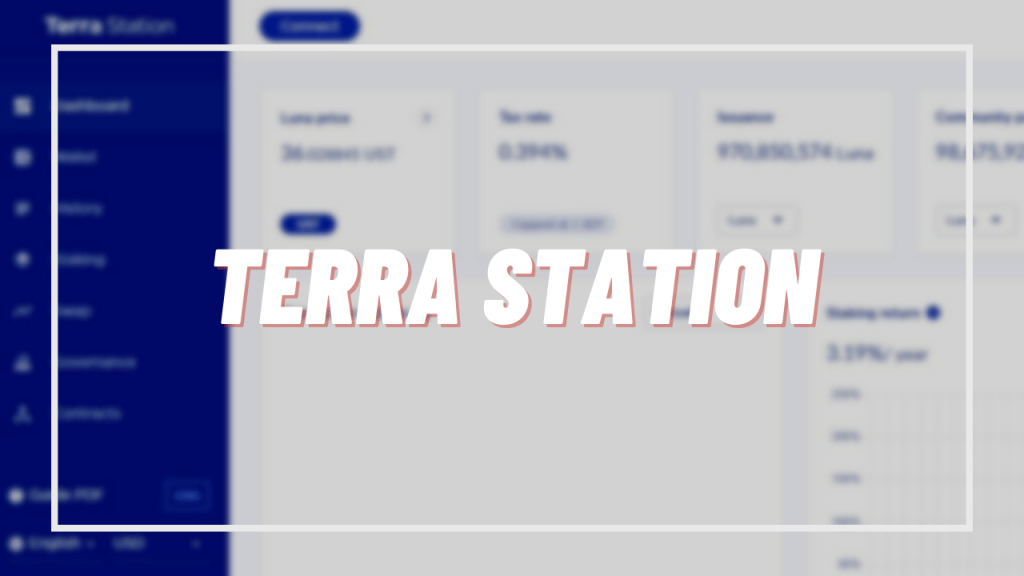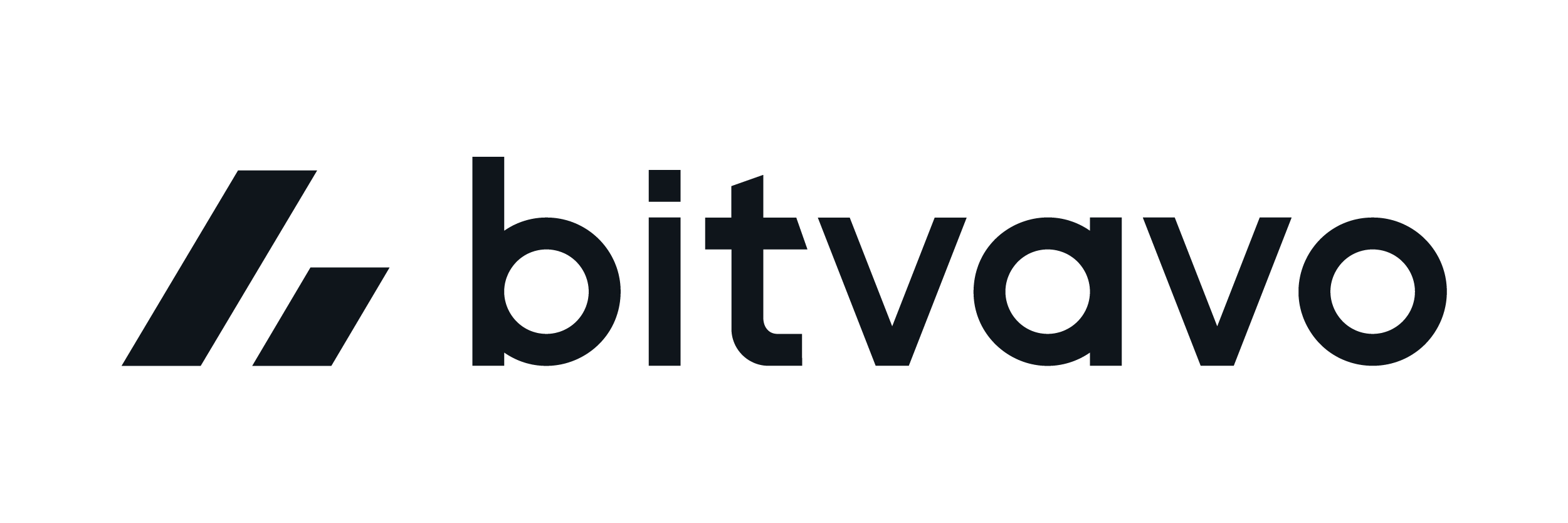The terra network is somewhat different from others such as ethereum or the Binance Smart Chain, as its network is based on two tokens, Terra and Luna. Terra is an algorithmic stablecoin that is offset by Luna in the form of supply and demand. Where every time more Terra is created, Luna is burned, and conversely, if the amount of Terra decreases, the amount of Luna increases in a balanced way, with the goal of always keeping the stablecoin price stable.
Terra is the global of all the stablecoins in the Terra network ecosystem, and it is very likely that you have seen the best known one, which is UST. Although there are also other currencies as stablecoins in the terra network such as KRW, KRT, EUR, SDR and many other currencies.
Through this stablecoin, Terra, and Luna, the entire terra network has been created to allow the stablecoin to be used on other platforms and create an ecosystem that supports stablecoins. In addition, in many occasions, you will be able to use UST or Luna to pay for commissions when using the network. The system that this network uses is proof-of-stake (POS), which uses the Cosmos SDK system, like many new networks, which gives it much more security as it is built on Cosmos.
Platform
With the increasing growth of the terra network, many new platforms and dapps have appeared that allow interacting with the UST or Lunas, in addition to their own platforms that are supported by Terra Labs, the developers of the entire network. These platforms provide great staking and farming opportunities, even with stablecoins such as USTs with high returns and low risk.
In addition, there are financial derivatives platforms, and many other new ones that are about to be launched to complement the missing aspects of this ecosystem so that it continues to grow. We have also already been able to see NFT’s in this network with the Columbus-5 update. If you want to know more in detail the platforms, here is a complete guide to the main dapps of Terra’s network.
In case you can’t find the platform you are interested in, I recommend you to go to the top menu and use the search engine to see if we have a guide about that platform.
Operation
Stablecoins are the main feature of the Terra protocol: cryptoassets that track the price of an underlying currency. As a digital form of currency, Terra stablecoins can be used like fiat currency with the added advantages of the blockchain: a public and immutable ledger, instant transactions, faster settlement times, and lower fees.
Stablecoins only have value to users if they hold their price. Terra’s protocol uses the basic market forces of supply and demand to maintain Terra’s price. When demand for Terra is high and supply is limited, the price of Terra increases. When the demand for Terra is low and the supply is too large, the price of Terra decreases. The protocol ensures that the supply and demand for Terra are always balanced, leading to a stable price.
Expansion and contraction
Imagine the entire Terra economy as two funds: one for Terra and one for Luna. To maintain Terra’s price, the Luna supply pool adds to or subtracts from Terra’s supply. Users burn Luna to mint Terra and burn Terra to mint Luna, all incentivized by the protocol’s algorithmic market module.
- Expansion: when Terra’s price is high relative to its peg, supply is too small and demand is too high. The protocol incentivizes users to burn Luna and mint Terra. Terra’s new supply makes its reserve larger, balancing supply with demand. Users mint more Terra from the burned Luna until it reaches its target price. The reserve of Luna is reduced in this process, increasing the price of Luna.
- Contraction: When the price of Terra is too low relative to its parameter, the supply is too large and the demand too low. The protocol incentivizes users to burn Terra and mint Luna. The decrease in Terra supply causes shortages, and the price of Terra increases. More Luna is minted from burned Terra until Terra reaches its target price. The stock of Luna increases and drops in price.
Luna is the variable counterpart of the stable asset Terra. By modulating supply, the price of Luna increases as the demand for stablecoins increases.
The market module and arbitrage
Terra’s price stability is achieved by the protocol’s algorithmic market module, which incentivizes the minting or burning of Terra through arbitrage opportunities. Arbitrage occurs when a user benefits from price differences between markets.
The market module of the Terra protocol allows users to always exchange 1 USD of Luna for 1 UST, and vice versa, incentivizing users to hold Terra’s price. This same principle is valid for all Terra stablecoin denominations.
An example of the system is:
If 1 UST is priced at 1.01 USD, users can use the Terra Station market exchange function to exchange 1 USD of Luna for 1 UST. The marketplace burns 1 Moon USD and mints 1 UST. Users can then sell their 1 UST for 1.01 USD, earning 0.01 USD through arbitrage, adding to the UST pool. This arbitrage continues until the UST price falls back to equal the USD price, maintaining Terra’s link.
The same arbitrage mechanism works in reverse for contraction. This is the operation and mechanism of the two main cryptocurrencies of the network, regarding the validation and operation of the network, it is based on the Cosmos system, being a network that is secured by it.
Advantages and Disadvantages
Now that we have seen the main mechanism of the terra network, let’s see the main advantages and disadvantages that this network has over others. The advantages are:
- Fast and Cheap: The network is very fast and has quite low commissions. This allows you to interact with different platforms without spending a lot of money, and that it is a great cost to move your cryptocurrencies from one place to another.
- Interoperability: Thanks to being created with Cosmos, it has a great interoperability with different blockchains, which makes it very easy to use UST in other networks, and it is not complex or expensive to move your funds from one network to another. In addition to terra’s own bridge that terra has, which makes it much easier to pass ethereum or BSC tokens to the Terra network and vice versa.
- Security with Cosmos: Being a network that uses Cosmos SDK, it gives great security to the network, at the same time it can be fast and with low commissions.
Staking Opportunities: Being a stablecoin-based network, it offers great staking and farming opportunities with high annual % with stablecoins, which can attract new investors who do not want the risk of cryptocurrency volatility, but want to take advantage of the % you can get by staking and farming, especially with UST in Anchor.
Real Uses: One aspect that many are unaware of, is that the terra network is currently already used by more than 2 million users in South Korea with two different apps. Where people use this system without even knowing it. This makes it a protocol that already has a real use, unlike other networks or platforms, which are only used by people in the crypto world.
On the other hand, the main disadvantages it has are:
- Possible regulation: By growing so much and being a stablecoin, with great UST relevance, it is possible that countries like the United States want to regulate the network or there is a demand, and this although on the one hand is positive, it can make the price fluctuate a lot, and create great uncertainty, as has happened with XRP.
- Little decentralization: Terra’s network has 100 validators, which for some people is not decentralized enough, when you have ethereum with more than 6,000 validators. Although it is very fast and cheap, for people looking for maximum decentralization, it is not the best blockchain.
- Small ecosystem: Although it has grown a lot in the last few months, actually Terra’s ecosystem is quite small, if we compare it to Ethereum or Binance Smart Chain. The main platforms have a large usage, and have been developed together with the developers of the network, but there is still a lack of new platforms that allow more variety of uses to the users of this network. Still, with the great growth, we are already seeing many announcements of new platforms that in a few months may already be live.
Commissions
Commissions on the Terra network, in many cases, you will be able to pay with Luna or with UST or another stablecoin. To use the wallet, you will have to pay in Luna, but in many platforms, the commission is paid in UST, such as Anchor or Mirror.
Although the fees are low for sending or withdrawing cryptocurrencies from the wallet, there are platforms with somewhat higher fees. If you want to use Mirror or Anchor, I recommend you to have 4-5 UST, because the commissions are somewhat higher, as it is part of how that platform gets money. So you can find dapps like terraswap, with really low commissions, and anchor or mirror, which sometimes a transaction can be worth 0.50 UST or something higher.
My recommendation is to always have UST in your wallet and a smaller amount of Luna, as most platforms you will have to use UST for commissions. On the platforms before making a transaction, you will see the cost in UST, so look at the cost, and try to move as little as possible your cryptocurrencies to avoid that by making many transactions, you end up spending several UST in commissions if it is not necessary.
Browser
The Terra network, being a public network, you can see all the transactions that take place on it. To do this, you can use different pages, although the most popular and used is finder.terra.money.
Here, you can search for an address, whether it is a token contract or a wallet address, and see all the transactions that have been made at that address. Although it has many uses, the most common use is to view transactions from your waller or other wallet.
This, especially when you send tokens and they do not appear in your wallet, problems with a transaction, or to see whether or not a transaction has been made in your wallet, is very useful.
Wallets
The wallet for the terra network that you should use is terra station, which is the wallet developed by the network itself and the best one. Although there are other alternatives, really the best and most used is terra station, as it is the wallet developed by the people who have developed the network, and with greater compatibility.
Another wallet in case you do not want to use terra station is Keplr, a multi-network wallet, with many networks built in Cosmos and with a great facility to migrate tokens from one network to another found in this wallet. It is another great alternative if you are going to use the terra network in conjunction with other networks such as Cosmos, Osmosis or others in the Cosmos ecosystem.







